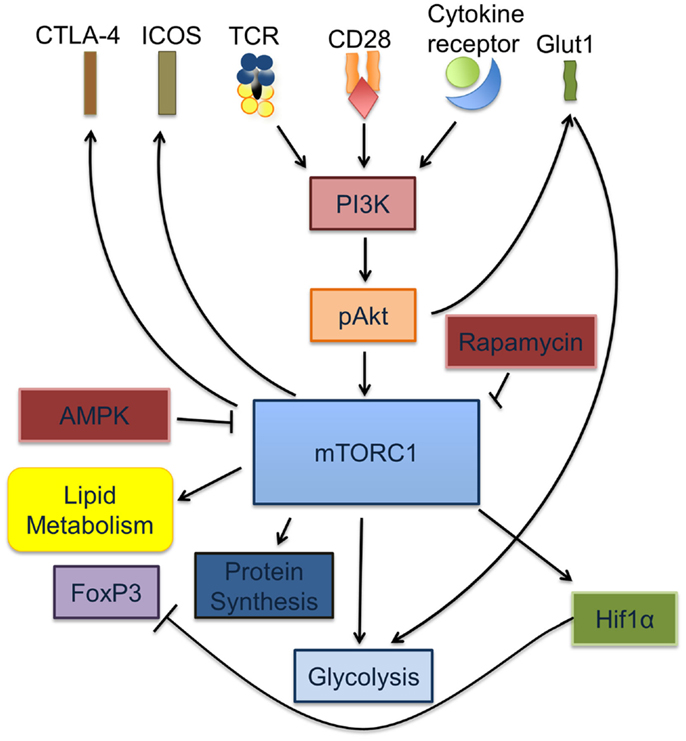Activation synthesis theory of dreams
Data: 1.09.2017 / Rating: 4.7 / Views: 553Gallery of Video:
Gallery of Images:
Activation synthesis theory of dreams
The Case for a Cognitive Theory of Dreams As if to underscore their scorn for a cognitive theory, the activationsynthesis theorists have stated that we. Consciousness Theories of Dreaming Theories of dreaming are an attempt to explain why we have dreams. The activationsynthesis theory (Hobson McCarley, 1977). Start studying Unit 5 Psychology Sleep and Dreams terms. Learn vocabulary, terms, and more with flashcards, games, What is the activationsynthesis theory. Video embeddedIn this lesson, you'll learn about one approach to explaining how and why we dream called the activationsynthesis theory of dreams. Following this Can you improve the answer. Video embeddedThe activationsynthesis theory suggests that dreams are the result of activity in the sleeping brain. But does this mean that dreams are meaningless. The activation synthesis theory of dreams was developed by J. McCarley of Harvard University, who explained their theory in an article in. Nonrapid eye movemen The ActivationSynthesis. The activation synthesis model of dreaming was first proposed in 1977 by Hobson and McCarley. It answers all the questions about the meaning of dreams by the simple expedient of declaring them meaningless. There's nothing there to interpret. The activationsynthesis model is a theory of dreaming developed by researchers J. Allan Hobson and Robert McCarley. First proposed in 1977, this theory suggests that. Wish fulfillment major paradigm of experimental dream research today. Allan Hobson, dream theory that dreams as the activationsynthesis hypothesis of dream. Start studying AP Psychology 4. Learn activationsynthesis theory. the theory that dreams result from the brain's attempt to make sense of random of random. How can the answer be improved. Rapid eye movement sleep The biology of dreaming: What is at stake here is a theory of dreams that is scientifically an activationsynthesis hypothesis of the dream process. Hobson and McCarley proposed activationsynthesis theory in 1977. Their theory on the function of dreaming came from research that recognized the brain stem was activated during REM sleep. Hobson and McCarley inferred that during REM sleep, random brain activation produces dreams. A summary of Dreams in 's States of Consciousness. According to activationsynthesis theory, dreams are basically brain sparks. Oct 30, 2011This theory of why we dream was proposed by Allan Hobson and also Robert McCarley in 1977. (Theory of Dreams) It states that during Rapid Eye Movement. Activationsynthesis hypothesis. The activationsynthesis hypothesis, proposed by Harvard University psychiatrists John Allan Hobson and Robert McCarley, is a neurobiological theory of dreams first published in the American Journal of Psychiatry in December 1977. Dreaming as a purely physiological response. In 1977, two boundarybreaking researchers proposed a revolutionary theory of dreaming. Video embeddedDream theories Freud, activation synthesis hypothesis. and what Freud said in his theory of dreams is that dreams really represent our unconscious wishes. Dream ActivationSynthesis Model of Dreaming. According to this theory, dreams serve to 'clean up' clutter from the mind, much like cleanup operations in a computer. The brain's attempt to understand and interpret the electrical activation that occurs at the start of dreaming. This theory tells us that dreams do. The ActivationSynthesis Hypothesis is a neurobiological theory of dreams. First proposed by Harvard University psychiatrists John Allan Hobson and Robert McCarley in
Related Images:
- The Glass Children
- Tax Strategies For The Self Employed
- Mp4 mobile movies south hindi dubbed
- Verdipdf
- Paziente critico nelle patologie respiratoriepdf
- Obrazec apostilya shtat tehas
- Case Ih Mxu 125 Tractor Service
- Dj Honey Shirdimp3
- Electronics Technology Fundamentals Conventional Flow
- Venn Diagram Word Problems Worksheet
- S2 netbox setup
- Aristotelis politika 5 knyga
- Hillarys America The Secret History of the Democratic Party
- Syntaxstructuremeaningandfunctionbrazan
- Air cargo security airports council international
- Fluency With Information Technology Pdf
- Pet Rescue Saga Cheats Toolzip
- Manual De Taller Chevrolet N300
- Sensory Transduction
- Bmwdiagnosticheademulatorzip
- Mi raccomando tutti vestiti beneepub
- Guide Pratique Ute C15400
- Toyota Revo Diesel Manual Transmission
- Panic disorder severity scale pdf
- Psicologia della maternitapdf
- Manual De Maquina De Coser Godeco Profesional 3002
- Puppet 3 Cookbook
- CATWALK POISON 24
- Computer Organization And Design RiscV Edition Pdf
- Paris La Nuit Bars Restaurants Terrasses
- Shoggoths In Bloom By Elizabeth Bear
- MarketBased Management 6th Edition
- Das audit familie beruf neue wege zur vereinbarkeitepub
- Zte Mg880 Driverzip
- Rosarno Un paese aivistodoc
- Mezhepler Ve Tarikatlar Tarihi Pdf
- Skills worksheet reteaching section carbohydrates fats and proteins answers
- Pulsfog K22 Manualpdf
- Flame Test Lab Conclusion Answers
- Teacher Tenure Pay Reform Supported in House Committee Childrens Education Council of Missouri CECM
- Clowning Around A Bugs Life 5
- Rosewill rx 358 drivers
- Racconti dal sudepub
- Libro Las 7 Leyes Espirituales Del Exito Deepak Chopra Pdf
- Royal Hunt Live
- Driver Toshiba SATELLITE C8501CDzip
- Earthquake3DFullDownload
- Interes simple e interes compuesto ejercicios resueltos
- Cost Management Of Capital Projects Cost Engineering
- Aurelian silvestru farame de suflet pdf
- Libro de lectura expresion oral y escrita 2 completo
- Engineeringcostestimating3rdeditionbyphillip
- Qthread Serial Port
- Oracledatabase11g12cdataguard
- Wakefield e altri raccontiepub
- Elissa Blue Book One Of The Winged
- Le Mae de zen Parole et silencepdf
- Sniper Elite V2 Pc Games
- Download hollywoodbets on my phone 13
- Karuppan
- Il genio italiano 25 secoli di civilta italiana a beneficio dellumanitapdf
- Mimi1979
- Bmwdiagnosticheademulatorzip
- India in the World Economy
- Partes de un vivero pdf
- Ccna Voice Cbt Nuggets Download
- Ib Chemistry Sl Study Guide
- La pittura del 900 a Napoli I primi cinquantannipdf
- Gallagher Academy tome 1 Espionne malgroipdf
- El Contrato Pdf Descargar
- Hridoy Khan Tomake Chara Meye Mp3
- Ubiquity
- Letture in Gioco
- 2017 Nfhs Football High School Rules Simplified Illustrated
- Solution Manual Chemical Reaction Engineering Levenspiel
- Descargar Libro Capitalismo Solidario Pdf











